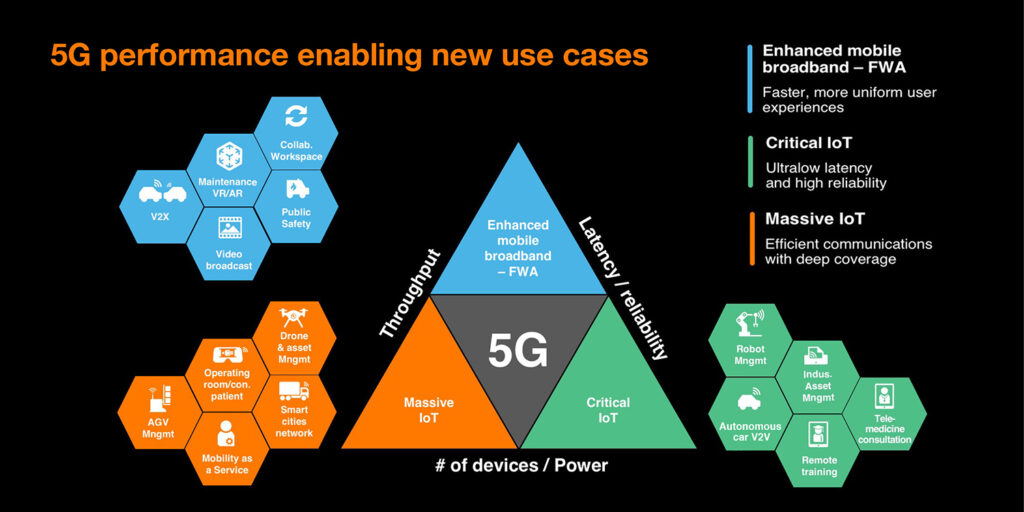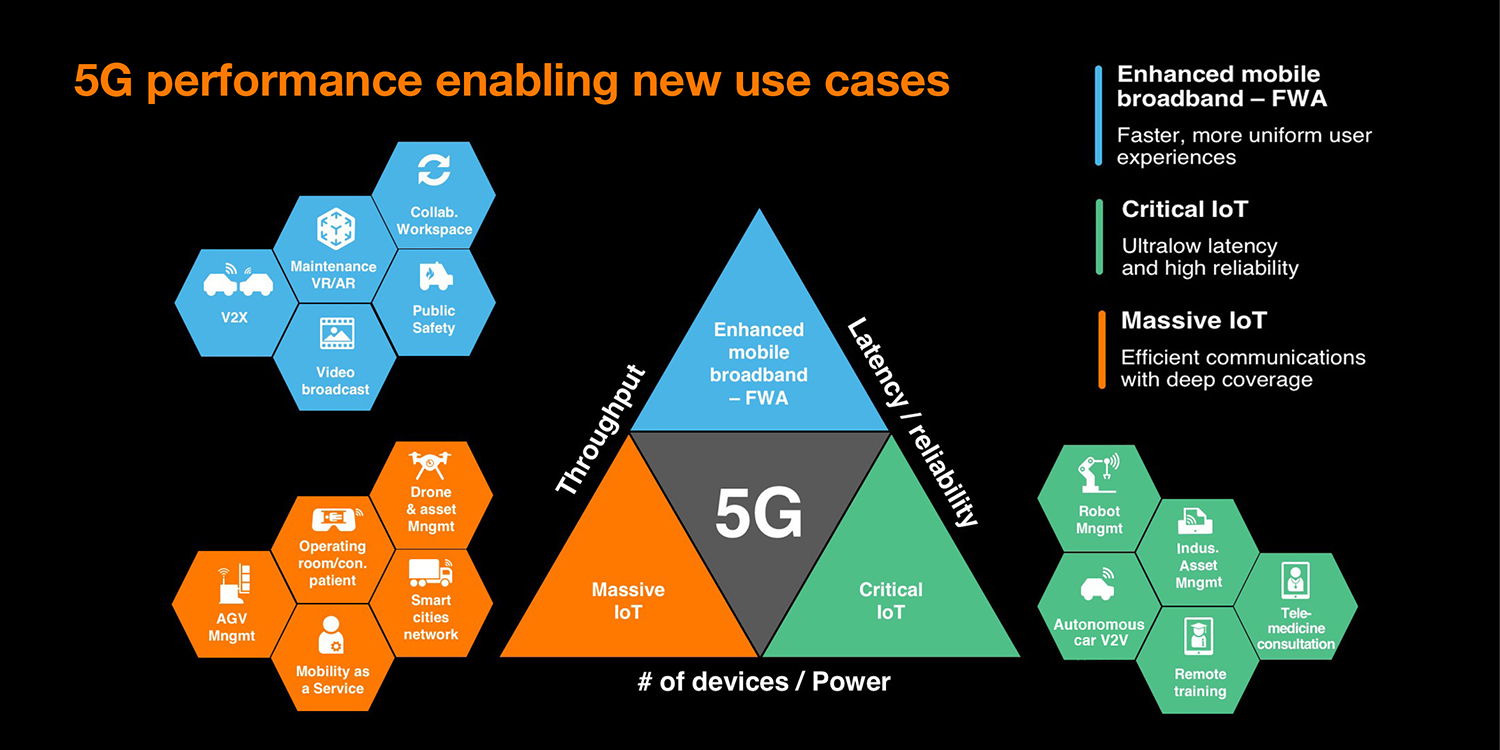The workings of 5G technology, the fifth generation of wireless communication standards, significantly enhances data transmission speed, reduces latency, and improves network capacity compared to its predecessors. Here’s an overview of how to work 5G technology works:

Key Components of 5G Technology
1. Spectrum and Frequency Bands
- Low-band Spectrum: Provides wide coverage and penetrates buildings well but offers lower speeds.
- Mid-band Spectrum: Balances speed and coverage, providing higher speeds than low-band while still offering good coverage.
- High-band Spectrum (mmWave): Offers the highest speeds and capacity but with limited coverage and penetration capabilities.
2. Network Architecture of How to work 5g technology
- Small Cells: 5G relies heavily on a dense network of small cells, especially for high-band frequencies, to ensure consistent coverage and capacity.
- Massive MIMO (Multiple Input, Multiple Output): How to work Utilizes 5g technology numerous antennas at the transmitter and receiver to increase data throughput and capacity.
- Beamforming: Directs signals to specific users rather than broadcasting in all directions, enhancing efficiency and reducing interference.
3. Core Network of How 5G operates
- Network Slicing: Divides the physical network into multiple virtual networks, each optimized for different types of services and applications.
- Edge Computing: Processes data closer to the user to reduce latency and improve speed and efficiency.
Working Principles of 5G
1. Signal Transmission and Reception
- Spectrum Utilization: 5G uses a wider range of frequencies, including mmWave, to transmit data. This allows for higher bandwidth and faster data rates.
- Advanced Modulation Techniques: Techniques like Orthogonal Frequency Division Multiplexing (OFDM) enhance the efficiency of data transmission.
2. Network Infrastructure of How 5G systems work
- Small Cells Deployment: Small cells are densely deployed in urban areas to ensure high-speed connectivity and low latency. These cells are connected to the core network via fiber optic cables or wireless backhaul.
- Base Stations: 5G base stations manage communication between user devices and the core network, utilizing advanced technologies like Massive MIMO and beamforming.
3. Core Network Functions of 5G systems work
- Virtualization: The core network functions are virtualized, allowing for flexible and scalable network management. Network functions can be dynamically allocated based on demand.
- Service-Based Architecture (SBA): Uses microservices to provide specific functionalities, allowing for more efficient and flexible network management.
Implementation and Use Cases
1. Enhanced Mobile Broadband (eMBB)
- How to work 5g technology Provides high-speed internet access for applications like streaming, video conferencing, and augmented reality.
2. Ultra-Reliable Low Latency Communications (URLLC)
- Supports applications requiring extremely low latency and high reliability, such as autonomous vehicles, industrial automation, and remote surgery.
3. Massive Machine Type Communications (mMTC)
- Connects a vast number of IoT devices, supporting applications in smart cities, agriculture, and environmental monitoring.
Challenges and Considerations
1. Deployment Costs
- The dense network of small cells and the need for new infrastructure increase deployment costs.
2. Spectrum Allocation
- Efficiently managing and allocating spectrum resources is critical for optimal performance.
3. Security of 5G systems work
- As the number of connected devices increases, so does the potential for security vulnerabilities. Robust security measures are essential.
4. Interference and Coverage
- High-band frequencies (mmWave) are susceptible to interference and have limited coverage, requiring careful planning and deployment.
Conclusion How 5G systems work:
5G technology represents a significant leap forward in wireless communication, enabling new applications and services through its high speed, low latency, and massive connectivity. By leveraging advanced technologies like Massive MIMO, beamforming, and network slicing, 5G provides a flexible, efficient, and powerful network infrastructure to meet the demands of modern digital applications. This evolution supports a wide range of use cases, from enhanced mobile broadband to critical communications and IoT connectivity, driving innovation and transforming industries. Despite challenges in deployment, spectrum management, and security, the benefits of 5G make it a cornerstone of future technological advancements.
